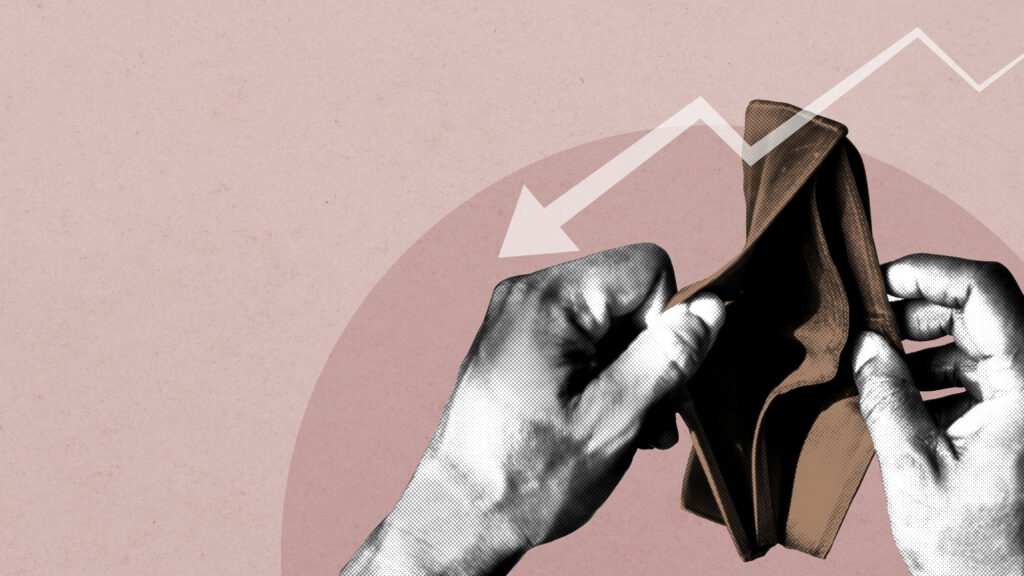Here’s a fresh, human-centric take on the recent federal judge’s decision to reverse the medical debt rule—a story that hits home for millions:
A Sudden U‑Turn Leaves Millions in the Lurch
On July 11, 2025, U.S. District Judge Sean Jordan, a Trump-appointed jurist in Texas, struck down a Biden-era regulation designed to erase medical debt from credit reports . The rule had promised to wipe away around $49 billion of debt impacting 15 million Americans—a beacon of hope for those struggling with runaway medical bills . Instead, it was overturned on grounds that the Consumer Financial Protection Bureau (CFPB) had overstepped its authority under the Fair Credit Reporting Act .
Why People Were Counting on It
Average credit score boost: 20 points
Homeownership impact: Estimated 22,000 more mortgage approvals each year
For a family denied a car loan or a mortgage due to a surprise hospital bill, this rule felt like a ticket to a fresh financial start—without years of dragging negative entries on their credit history.
What the Court Said
Judge Jordan emphasized that the CFPB lacked explicit legislative authority to remove this data, effectively saying:
“The Medical Debt Rule exceeds the Bureau’s statutory authority” .
Credit bureaus and lenders argued backup: medical debt signals financial strain, and hiding it might skew lending decisions .
The Bigger Picture: Push and Pull in Regulation
This reversal aligns with broader efforts under the current administration to limit federal agency power .
It follows Medicaid cuts in a recent spending bill, tightening the safety net just as a clemency was about to arrive .
It reflects ongoing tussles: consumer advocates argue medical debt is “no choice,” while financial institutions see it as fair game in credit assessments .
Real People, Real Impact
Imagine Sarah, a 34-year-old single mother:
She had a $1,200 ER bill after her son broke a wrist.
That medical debt lingered—and dented her credit.
Under the CFPB rule, she’d have seen that disappear, boosting her score enough to qualify for an FHA loan.
Now? That safety net vanished. She’s left hoping for a policy revival—or personal forgiveness.
Stories like Sarah’s are why this debate is so deeply personal, even if buried in legalese.
What’s Next?
CFPB Could Appeal
Consumer groups have been allowed to defend the rule and might push forward .Legislative Fixes
Congress might need to formally authorize such a change—something only they can do under the Fair Credit Reporting Act.State-Level Action
North Carolina and other states are offering their own medical debt forgiveness programs—which could inspire wider change .
Final Thoughts
This ruling isn’t just another headline—it’s a setback for families balancing on the edge of financial stability. Medical debt, unlike credit card debt, isn’t a choice—it’s a shock. And when it enters credit reports, it echoes well beyond hospital halls—affecting homes, jobs, and futures.
But this is far from over. Advocates are rallying, legal challenges loom, and state programs are stepping in to fill the void. For people like Sarah, those efforts can’t come soon enough.
Let’s keep watching: Will the CFPB appeal? Will Congress step in? And how will communities rise to protect those already overburdened by life’s unexpected blows?













